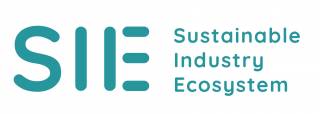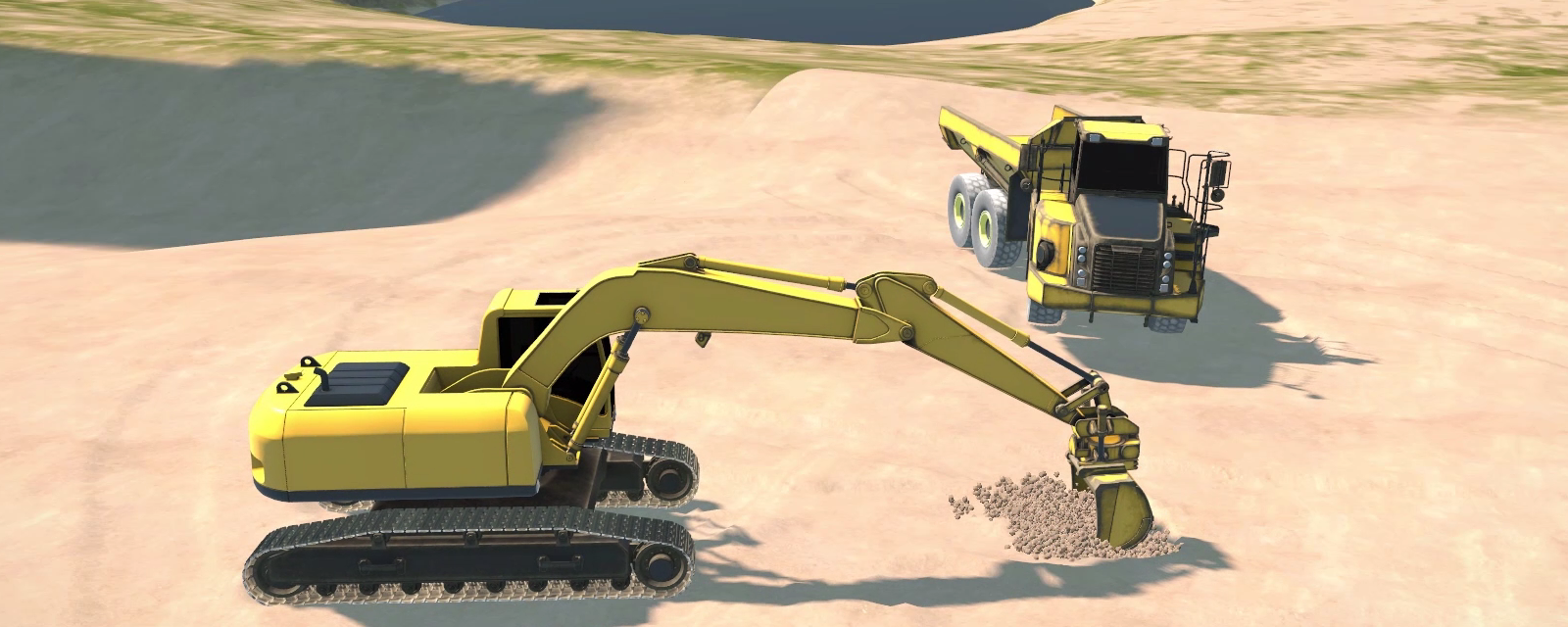MORE SIM Pilot line – Modeling Reality through Simulation
MORE SIM takes the approach that theoretical research into the foundation of real-time, computer simulation tools will enable breakthrough discoveries that will allow the seamless fusion of real and virtual assets and enable the radical transformation of industrial business and society. Simulation is the keystone technology of the transition to a sustainable, responsive, and deeply networked industrial future where more value is realized through the processing of information than from raw material streams.
As a piloting environment, MORE SIM offers a suite of services and virtual piloting environments for companies as well as deep expertise on both the technology and business research on integrating advanced Digital Twins to manufacturing industry processes, offerings, and ecosystems.
MORE SIM Pilot line elements and services
The MORE SIM Pilot line includes multiple tools to help companies pilot and prototype their services, digital offerings and products in advanced virtual environments. These include the real-time physics-based PATU Digital Twin (see video) physically situated in LUT Campus and accurately twinned in real-time to the virtual environment.
SIM Studio (see picture below) provides the possibility to experiment with collaborative processes between multiple parties interacting in the same operating environment, where inputs can be given via remote participation or even physical simulators.

Furthermore, a novel intelligent experimental research environment called LUTERGO is provided for developing the usability of e.g. mobile working machines (such as forestry machines, agricultural tractors, excavators etc.).
The environment combines real-time simulation based-on engineering research and development simulator and experimental system that measures real human body responses when driving the virtual prototypes. This allows experimentation on different HMI and control setups, operator response and stress on different workflow and/or input configurations, to name a few possibilities.


